Stargroves
 Mon, September 28, 2009
Mon, September 28, 2009  During WWII after the bombing in 1940, my mother, sister and I, left the East End of London and moved to the rural countryside in Hampshire, England.
During WWII after the bombing in 1940, my mother, sister and I, left the East End of London and moved to the rural countryside in Hampshire, England.
Strangely the tiny village we moved to was called East End, part of the larger village of East Woodhay.
I began school there in 1941; we lived there until 1946 a year after the war ended.
A short distance from the school were the gates to a large Victorian mansion called Stargroves, (Picture above.) at that time it was the home of Sir Frederick Cardin.
The title “Sir” meant that he had received a Knighthood from the King of England. It was my understanding that Sir Frederick was formally a high ranking army man, and probably received the Knighthood for services to his country.
We normally couldn’t see Stargroves as it stood on its own large grounds and was hidden from view. However, every Christmas, Sir Frederick would invite all the local children over for a Christmas Party.
We would assemble on the road outside the school, line up two by two, and then march through the big iron gates and about half a mile up the winding private driveway to Stargroves. (See the satellite picture below.)

We walked in though one of the large front doors, which opened into a huge central hall. If you look at the picture below, at the front door on the left, you will notice there are two large windows either side that span two floors.

That is because the central hall had no first floor ceiling and went all the way to the roof of this enormous building. There was a wide winding staircase at one end of the hall, leading up to a balcony that gave access to the upstairs rooms on the other half of the building.
At the end of the hall next to the staircase was a decorated Christmas Tree that had to be at least 25 foot tall. We all sat cross-legged on the polished hardwood floor, facing the tree, and various small groups got up to sing carols, and individuals recited poems that we had been rehearsing in the preceding weeks.
Then there would be a merry “Ho, ho, ho,” and looking up to the balcony, we would see Santa Claus, or Father Christmas as we knew him, as he made his way along and down the staircase with his sack full of presents. A whisper went around between the waiting children; “That’s old Freddy Cardin.”
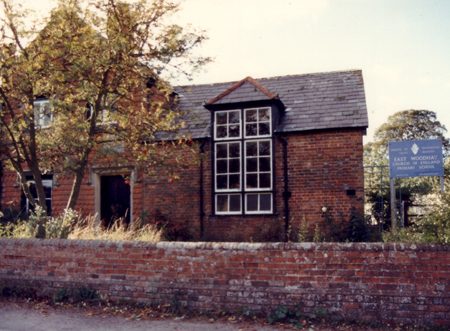 Above: The tiny school I attended. I took this picture during a visit in the 1980s; the school was still in use then, not sure if it is now.
Above: The tiny school I attended. I took this picture during a visit in the 1980s; the school was still in use then, not sure if it is now.
Happy childhood memories during those hard wartime years. Stargroves has had an interesting history since those times; in the 1970s it was the home of Mick Jagger. He had a mobile recording studio and the Rolling Stones recorded Exile on Main Street, Sticky Fingers, and It’s Only Rock ‘n Roll, there.
I did read somewhere that the drums were set up in the large hall I spoke of, to take advantage of the natural reverb.
The Who recorded a number of songs there, including Won’t Get Fooled Again and Pure and Easy. In 1972 Led Zeppelin recorded parts of the albums, Houses of the Holy, and Physical Graffiti. Other artists who have recorder there are Deep Purple, Status Quo, Bob Marley, Santana, and Iron Maidon.
I wonder how Sir Frederick would have felt about all that. Stargroves is now owned by Rod Stewart, who bought the property in 1998. If he ever comes across this, there is an old ex-framebuilder who would love to take a peek inside that large central hall again. Just nostalgia
Footnote: This article is written from my childhood memories. The later events and in particular the Rock n'Roll history is what I heard from other people and from information gathered from the Internet. Therefore I can't guarantee the accuracy of the information, and suggest you cross reference other scorches. Dave Moulton.
 Dave Moulton | Comments Off |
Dave Moulton | Comments Off | 



















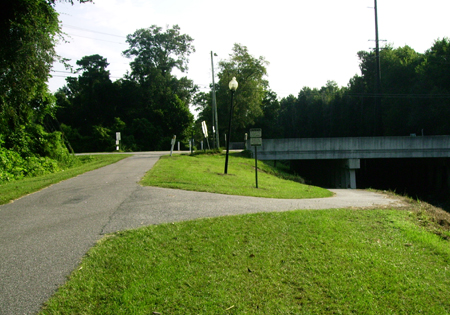
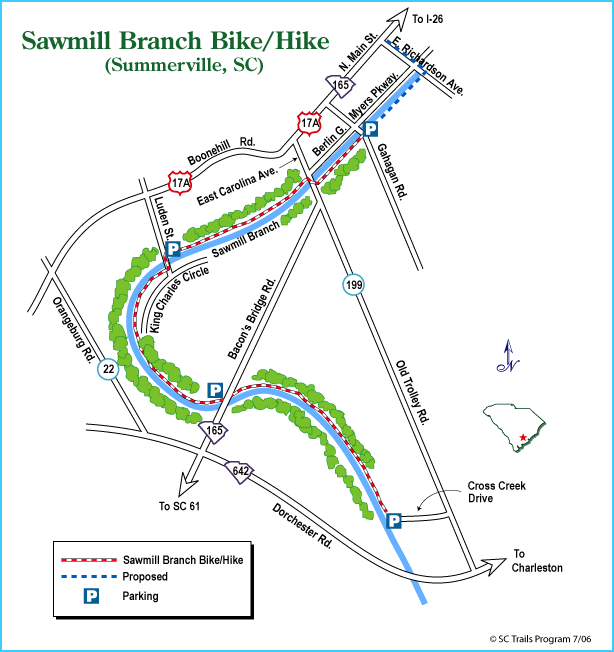

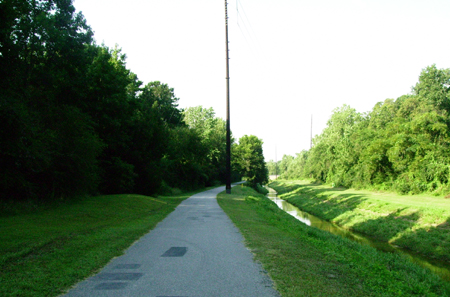


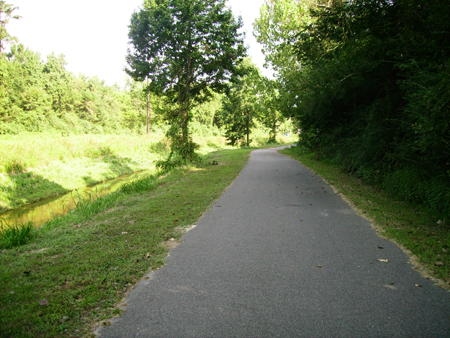
Marketing Nothing
I remember having a conversation with someone in the 1980s. I think the conversation arose out of the fact that I was producing a handmade product, which was becoming increasingly rare.
I can’t even remember who the person was, but I clearly remember what he said. Referring to The United States, he said:
It seems to me this prediction looms ever closer to coming true; but by now the terminology has changed. No one is “Selling” anything anymore; it is now called “Marketing.”
The problem is whether you are selling or marketing, it only works if people are buying, and in today’s economic climate people do not have loads of spare cash lying around to buy much of anything.
Now the world is full of “Marketing Gurus.” These are people who can no longer make a living by selling stuff, because no one is buying. So now they are selling nothing more than an idea, that you can make a ton of money selling or marketing on the Internet.
Ask yourself this: If I found a way to make a lot of money, would I need to sell that idea to other people? No, I would be too busy making money.
There is an old story about a man in his neighbor’s garage when he notices a large amount of boxes containing cleaning products. He remarked, “You must sell a lot of cleaning supplies.”
The neighbor replied, “No, but the man who sells me this stuff, he sells a lot of cleaning supplies.” It is the Internet Marketing Gurus who are making money, not the poor suckers who buy their idea.
Over the years I attended my share of sales seminars, and read many books on the subject. What always troubled me was the messing with people’s minds, to convince that they needed what it was you were selling.
Often it was borderline trickery to convince them that having whatever it was you were selling would make them happier, and their lives better, than holding on to their hard earned cash. Although not illegal, it somehow seemed to me to be morally wrong.
Profit is not a dirty word, however, greed is. This whole mess we find ourselves in now was brought about by greed. People producing nothing and selling nothing tangible; just an idea that people could keep buying and selling real estate loans to make money.
Companies and corporations need to start thinking about the people who work for them as well as their bottom line. Is it really necessary to lay people off and send jobs overseas?
Okay, so your product may cost a little more, and you sell a little less. But there are always people who will pay the extra for a quality product, and some because of the fact it is home produced. Downsizing and cutting back on some employees is better than firing everyone and sending the entire production offshore.
I always bought British made automobiles when I lived in the UK; when I moved to the US I bought American. It is something I have always done on principal.
When I had my bike business I was competing head on with the large Italian bike builders, who would send over in one container shipment more than my entire year’s production. But I was able to compete because I didn’t have the shipping and wholesale costs that they had.
I didn’t have their advertising costs of my large competitors either, because I only needed to sell a fraction of what they did.
I think the good thing that will come out of this recession is that people will become used to getting by on a little less. They will live simpler lives, less dependent on all this material stuff.
And the people listening to these Internet Marketing Gurus, because it seems the only avenue open to them. Think again; they are selling nothing but an idea. False hope, or worse, a scam that will take what little you have, rather than make you money.
You cannot produce nothing and sell it indefinitely. What is needed is people producing worthwhile products, or providing worthwhile services that other people need. Provide that and the marketing will take care of itself.